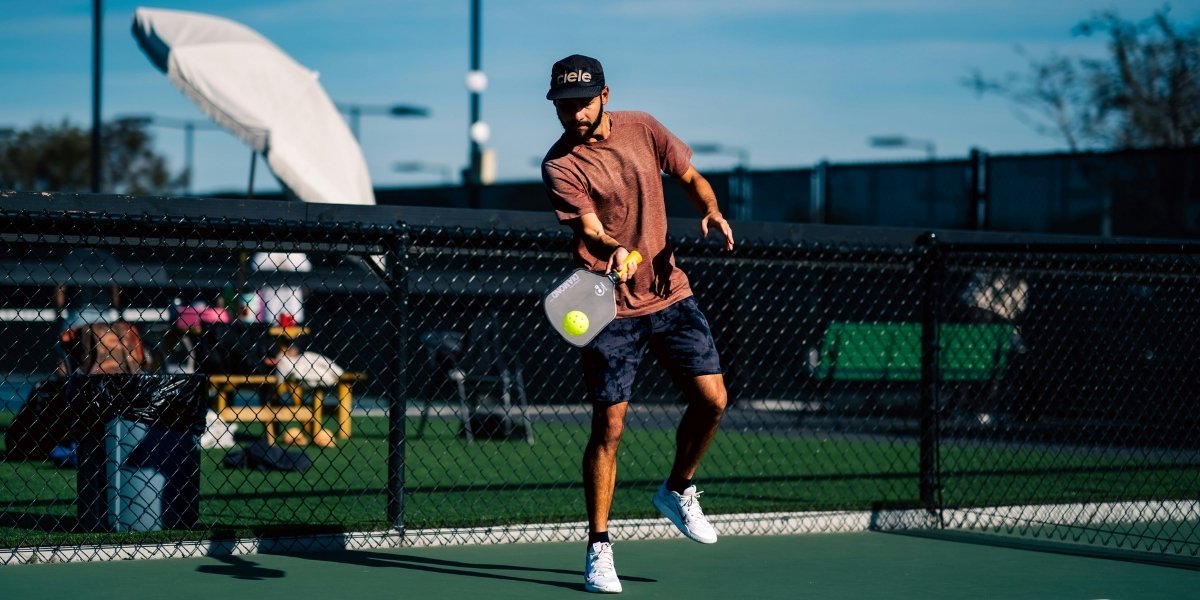Why Are GPS Fitness Trackers Essential for Runners and Cyclists?
GPS fitness trackers have become a game-changer for both runners and cyclists. These devices help athletes of all levels track their performance, set goals, and monitor progress with precision. Unlike traditional fitness trackers, GPS-enabled devices offer real-time data on routes, distance, speed, and elevation, giving you a much clearer picture of your training efforts. Whether you’re training for a race or simply aiming to stay active, these trackers provide the tools you need to optimize your performance and achieve your fitness goals.
For runners and cyclists, knowing how far you’ve traveled, how fast you’ve gone, and how much elevation gain you’ve achieved during a workout is vital for improvement. GPS fitness trackers allow athletes to collect and analyze this data, which can help to fine-tune training routines, avoid injuries, and measure personal progress more effectively.
Read Also: Weight Loss Exercises: Cardio and Strength Training Tips
How Do GPS Fitness Trackers Work?
GPS fitness trackers work by using satellite signals to determine your precise location while you run or cycle. These devices typically feature built-in GPS sensors that map your route in real time. The GPS data is then paired with additional sensors that measure heart rate, cadence, pace, and other important metrics.
In addition to GPS, many fitness trackers also include accelerometers and barometers to measure steps, speed, and altitude changes. These sensors allow for detailed tracking of your workout in a way that’s far more accurate than other fitness monitoring methods. Data is then synced with companion apps, allowing athletes to visualize their workouts and track improvements over time.
What Are the Key Benefits of GPS Fitness Trackers for Running?
GPS fitness trackers offer a range of benefits for runners looking to take their training to the next level. Here are some key advantages:
1. Precise Distance Measurement:
GPS allows runners to accurately measure the distance they’ve covered, ensuring they’re meeting their training targets. This is especially useful for runners who want to gradually increase their distance or prepare for specific race distances.
2. Pace Tracking:
Knowing your pace during a run is essential for effective training. GPS fitness trackers provide real-time pace data, allowing runners to monitor their speed and adjust accordingly. This helps prevent overtraining or burnout and allows runners to maintain an optimal pace during training.
3. Route Mapping:
GPS-enabled devices allow runners to explore new routes with confidence. These trackers map the route in real time, so runners can discover new trails without worrying about getting lost. In addition, they can save frequently used routes for future workouts.
4. Heart Rate Monitoring:
Many GPS fitness trackers come with built-in heart rate monitors, which can help runners stay in their target heart rate zones. This is important for improving endurance, maintaining proper training intensity, and optimizing recovery.
5. Post-Run Analysis:
After completing a run, GPS fitness trackers provide detailed data analysis. This includes breakdowns of time, distance, average pace, heart rate, and elevation. By analyzing this data, runners can identify areas for improvement and track their progress over time.
How Do GPS Fitness Trackers Benefit Cyclists?
For cyclists, GPS fitness trackers offer several key advantages that can significantly improve their training and performance:
1. Distance and Speed Tracking:
Cyclists need to track their distance and speed to monitor performance. GPS trackers accurately measure the distance covered and average speed during a ride, helping cyclists set benchmarks and measure improvement.
2. Route Navigation:
GPS trackers provide cyclists with detailed route navigation, ensuring they stay on course during rides, especially when exploring unfamiliar areas. Some trackers even offer turn-by-turn directions, which can be incredibly helpful on long rides or when cycling in new locations.
3. Elevation and Gradient Tracking:
Cycling often involves navigating hilly terrain, and knowing the elevation gain and gradient of a ride can be crucial for performance tracking. GPS fitness trackers measure elevation changes, giving cyclists insight into how much climbing they’ve done, helping them gauge their endurance and strength.
4. Cadence Monitoring:
Cadence, or pedal stroke rate, is a key indicator of cycling efficiency. Many GPS fitness trackers feature cadence sensors, which help cyclists optimize their pedaling rate for improved energy efficiency and better performance on long rides.
5. Training Zones and Heart Rate Monitoring:
Like with running, heart rate monitoring is important for cyclists to ensure they’re training within the right zones. GPS fitness trackers can sync with heart rate monitors, allowing cyclists to track their exertion levels and improve training effectiveness.
What Features Should You Look for in a GPS Fitness Tracker?
When choosing a GPS fitness tracker for running or cycling, there are several important features to consider. Here’s a breakdown of the key elements that can help you choose the right tracker:
1. GPS Accuracy:
The accuracy of the GPS system is critical. Look for a tracker that provides precise location tracking, especially if you plan to use it for long-distance running or cycling. The more accurate the GPS, the better the data you’ll receive.
2. Battery Life:
For longer training sessions, especially for endurance athletes, battery life is an essential factor. Some GPS trackers are designed to last up to 20+ hours on a single charge, which is perfect for marathon runners or cyclists embarking on long rides.
3. Water Resistance:
Whether you’re running in the rain or cycling through puddles, a waterproof or water-resistant tracker is a must. Look for trackers with an IP (Ingress Protection) rating, which indicates the level of water resistance. Some trackers are even suitable for swimming.
4. Heart Rate Monitoring:
For many athletes, heart rate data is vital for understanding their performance and training intensity. Consider a GPS fitness tracker with an integrated heart rate monitor or the ability to connect to a compatible external heart rate sensor.
5. Compatibility with Apps:
Make sure the GPS fitness tracker you choose is compatible with apps that you use for tracking and analyzing your workouts. Popular fitness apps like Strava, Garmin Connect, or Komoot can help you analyze your performance and set new goals.
6. Comfort and Design:
Since you’ll be wearing the tracker during physical activity, it’s essential that it’s comfortable. Look for a lightweight and ergonomic design that won’t distract or irritate you during your workouts.
7. Advanced Metrics:
If you’re looking for in-depth analysis, look for features like cadence tracking, elevation gain, VO2 max estimates, and recovery metrics. These advanced features provide valuable insights into your fitness level and progress over time.
Popular GPS Fitness Trackers for Running and Cycling
Several brands offer excellent GPS fitness trackers for both running and cycling. Here are some of the top options to consider:
1. Garmin Forerunner Series:
Garmin’s Forerunner series is known for its accurate GPS tracking, long battery life, and comprehensive fitness metrics. Models like the Forerunner 945 offer advanced features such as heart rate monitoring, route mapping, and training load analysis, making them ideal for both runners and cyclists.
2. Suunto 9 Baro:
The Suunto 9 Baro is a great option for endurance athletes, with an ultra-long battery life and precise GPS tracking. It also features altitude tracking, making it an excellent choice for cyclists tackling hilly terrain.
3. Polar Vantage V2:
Polar’s Vantage V2 is a sleek, multi-sport GPS watch that provides comprehensive training metrics, including heart rate, cadence, and GPS accuracy. It’s lightweight and designed for both runners and cyclists looking to track their progress in detail.
4. Wahoo ELEMNT ROAM:
Wahoo’s ELEMNT ROAM is a highly-rated cycling-specific GPS device, offering turn-by-turn navigation, route planning, and live tracking. It’s designed to keep cyclists on track, even in unfamiliar areas, and provides detailed data on speed, cadence, and elevation.
Read Also: How Outdoor Fitness is Shaping the Future
Why Invest in a GPS Fitness Tracker?
Investing in a GPS fitness tracker for running or cycling is a great way to enhance your training, stay motivated, and track your progress. With real-time data on distance, pace, heart rate, and elevation, these devices offer valuable insights that can help you improve your performance and reach your fitness goals. Whether you’re a beginner or an experienced athlete, a GPS fitness tracker provides the tools you need for a more efficient and enjoyable workout.







